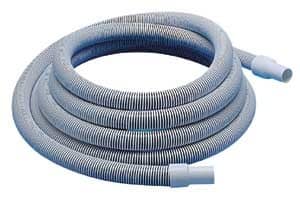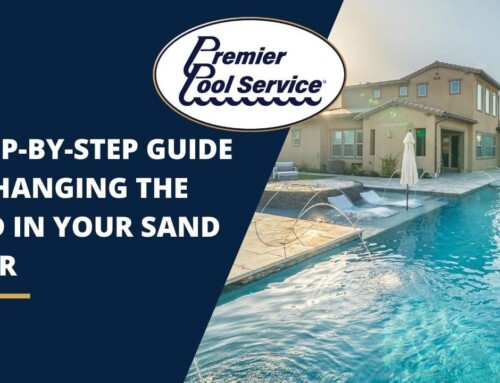Why Drain a Pool?
There are several reasons why you may need to drain a pool, or, rather, lower the water levels. If your pool needs repairs or resurfacing, you may need to have it drained.
But the number one reason you may need to drain a pool is excess water after a storm. Depending on your location, it’s possible to experience time periods of torrential downpours. In some areas of the U.S., you can accumulate several inches of rain in just a few hours.
We frequently get asked the same question from concerned homeowners seeking a solution on how to drain a pool after a strong storm. It’s important to know how to address excess water in your pool and understand how to drain a pool correctly to keep it healthy.
In actuality, you should never fully drain a pool, but you can lower the water levels. Completely draining a pool should be done by professionals as there are structural and equipment issues that could cause severe damage to your pool if fully drained.
Approaches on How to Drain a Pool
You can lower the water level in your swimming pool to keep proper skimming action and avoid contamination from flooding. For inground pools with a sand or DE filter, the easiest way to quickly lower the water level is to place the multiport valve into the waste position and roll out the backwash hose. If instead, you have a slide (push-valve), backwash the filter to lower the water level.
Some swimming pools have a hose spigot located on the pool pump, or on the valve of the filter. While the pump is running, you can release water via the spigot.
Watch Premier’s Service Expert, Cole, walk you through the process “how to drain a pool”:

Another option is to use a submersible pump, also known as a pool cover pump, to keep the pool water from overflowing.
Lastly, the siphon method can be implemented with a pool vacuum hose. Fill it with water and then attach a vac head or use something heavy to hold the hose on the first step of the pool or your swim-out area. Cap the other end of your vacuum hose with your palm and pull the hose away quickly from the pool and a couple of feet below the level of the pool water. At ground level, uncap the hose and let the water flow.
A Full Drain is Not Typically Warranted – and Can Become Problematic!
Completely draining a pool is usually not a good idea. Pools are meant to be full of water, and emptying them can cause structural damage, groundwater issues and algae problems. Draining a pool can also cause equipment problems since your pool’s equipment is meant to run when water is present.
Expert Advice on How to Drain Your Pool
While removing some water after a storm may not be too difficult, draining your pool should be done by professionals. Consider hiring a pool service provider who is an expert at draining a pool. Premier Pool Service offers expert advice and service, to ensure your pool stays healthy throughout the year. Contact us utilizing the form below for a free quote on your pool service and repair needs.
Get a FREE quote
Looking to build a brand new swimming pool or add a spa or water feature to your existing pool? Check out our fantastic pool designs at premierpoolsandspas.com.



